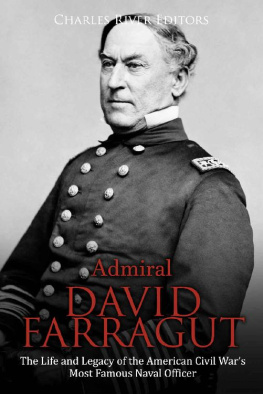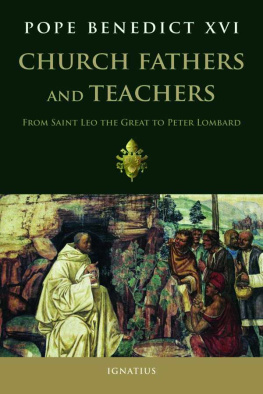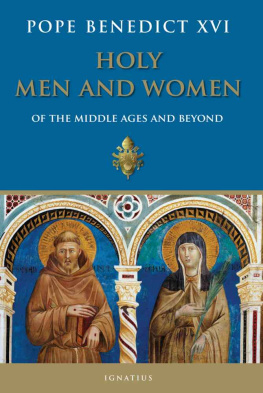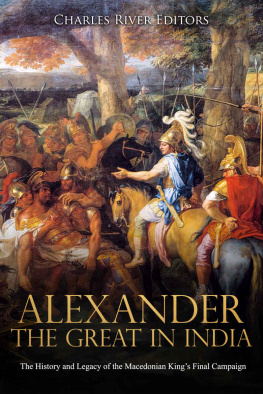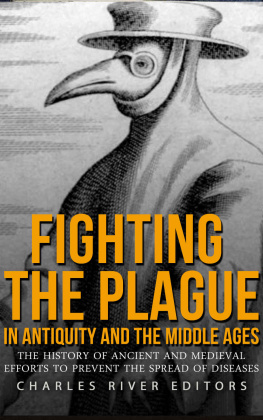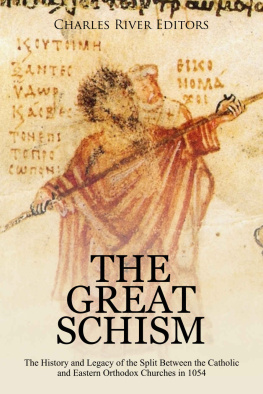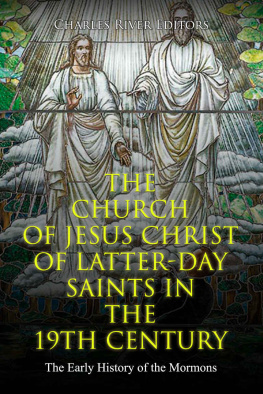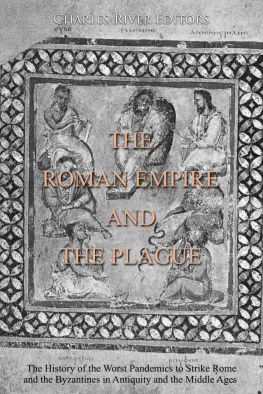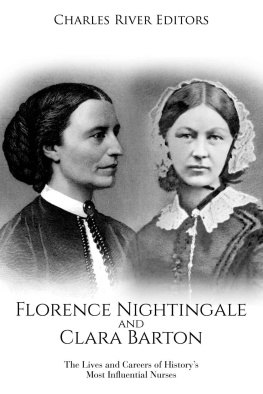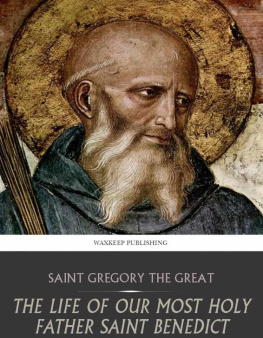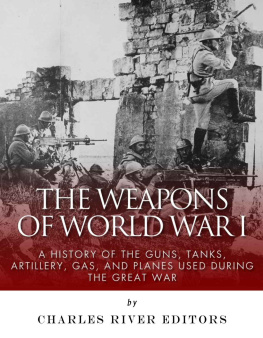Charles River Editors - Saint Gregory the Great: The History of the Early Middle Ages’ Most Influential Pope and the Rise of the Papal States
Here you can read online Charles River Editors - Saint Gregory the Great: The History of the Early Middle Ages’ Most Influential Pope and the Rise of the Papal States full text of the book (entire story) in english for free. Download pdf and epub, get meaning, cover and reviews about this ebook. year: 2020, publisher: Charles River Editors, genre: Religion. Description of the work, (preface) as well as reviews are available. Best literature library LitArk.com created for fans of good reading and offers a wide selection of genres:
Romance novel
Science fiction
Adventure
Detective
Science
History
Home and family
Prose
Art
Politics
Computer
Non-fiction
Religion
Business
Children
Humor
Choose a favorite category and find really read worthwhile books. Enjoy immersion in the world of imagination, feel the emotions of the characters or learn something new for yourself, make an fascinating discovery.
- Book:Saint Gregory the Great: The History of the Early Middle Ages’ Most Influential Pope and the Rise of the Papal States
- Author:
- Publisher:Charles River Editors
- Genre:
- Year:2020
- Rating:4 / 5
- Favourites:Add to favourites
- Your mark:
- 80
- 1
- 2
- 3
- 4
- 5
Saint Gregory the Great: The History of the Early Middle Ages’ Most Influential Pope and the Rise of the Papal States: summary, description and annotation
We offer to read an annotation, description, summary or preface (depends on what the author of the book "Saint Gregory the Great: The History of the Early Middle Ages’ Most Influential Pope and the Rise of the Papal States" wrote himself). If you haven't found the necessary information about the book — write in the comments, we will try to find it.
Saint Gregory the Great: The History of the Early Middle Ages’ Most Influential Pope and the Rise of the Papal States — read online for free the complete book (whole text) full work
Below is the text of the book, divided by pages. System saving the place of the last page read, allows you to conveniently read the book "Saint Gregory the Great: The History of the Early Middle Ages’ Most Influential Pope and the Rise of the Papal States" online for free, without having to search again every time where you left off. Put a bookmark, and you can go to the page where you finished reading at any time.
Font size:
Interval:
Bookmark:
By Charles River Editors
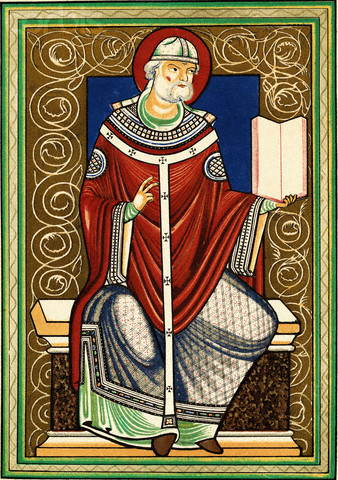
A modern illustration depicting Gregory the Great

Charles River Editors is a boutique digital publishing company, specializing in bringing history back to life with educational and engaging books on a wide range of topics. Keep up to date with our new and free offerings with this 5 second sign up on our weekly mailing list , and visit Our Kindle Author Page to see other recently published Kindle titles.
We make these books for you and always want to know our readers opinions, so we encourage you to leave reviews and look forward to publishing new and exciting titles each week.
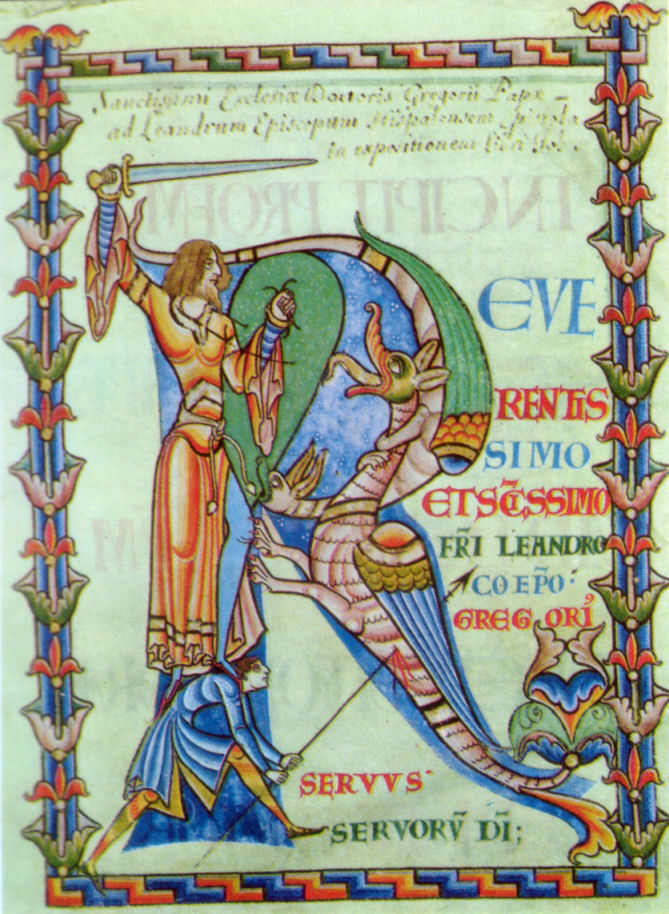
A medieval image depicting one of Gregorys letters to the bishop of Seville
No one does more harm in the Church than he who has the title or rank of holiness and acts perversely.-St. Gregory the Great
The pope, the bishop of Rome, claims spiritual authority over more than a billion Catholics worldwide. He also exercises temporal authority over a tiny enclave of Rome consisting of the Vatican Palace, Saint Peters Basilica, and 44 hectares with the ancient Leonine Walls. As Sovereign of the Vatican City States, he has around 1,000 subjects, mostly clerics.
While those facts are widely known, many are not familiar with the fact that before the reunification of Italy in the late 19 th century, the popes were rulers not only of the city of Rome but of much of central Italy for over a thousand years. The Papal States, as they are usually referred to, were formally gifted to the Church by the Frankish King Pepin III (r.751-768) in 756, but the origins of the Papal States can be traced back over 150 years earlier. One of the most prominent figures in the foundation of the Papal States was Pope Gregory I, who led the Roman Church and the city of Rome from 590-604. During his time, Rome enjoyed the prominence in Italy it once had before being sacked in the late 5 th century, and Pope Gregory I helped ensure that the Eternal City would shape the destiny of Western Europe, not the Byzantine capital of Constantinople.
In the wake of the Western Roman Empires collapse, kings across Western Europe continued to maintain the appearance of imperial unity and claimed the status of lawful subjects of the Eastern Roman Empire, then based out of Constantinople. Thus, the Germanic kings adorned themselves with the ceremonial regalia of the Roman court, adopted the religion of the emperor, and continued to govern as the emperors had done. For example, the leader of the Franks ruled Gaul as Rex Romanorum (King of the Romans), and even Odoacer, who had dared to depose the last Western Roman emperor, ruled by the grace of Emperor Zeno (r. 474-491) in Constantinople. Indeed, it has been argued that for the great majority of Romans in the West, nothing really changed, as they continued to be governed by Roman law, to observe their customs and to practice their religion. The governing classes had been supplanted, but they were generally content to govern their subjects as their imperial predecessors had done. From this point of view, the empire in the West had not really fallen.
Thus, in the early 6 th century, a kind of stability had taken root in the West. Gaul was ruled by the Franks, Spain by the Visigoths, and Italy by the Ostrogoths. In Italy, the people maintained their ties with the emperor in Constantinople, now viewed as the new Rome, and the Byzantine Empire was wealthy, strong, and confident. Although the Germanic kingdoms deferred to Constantinople in name only, they did not wish to destroy Roman civilization, and while this new order was not perfect as far as Constantinople was concerned, it at least offered stability.
This would all change during the late 6 th century, and in the middle of it all was the papacy. Under the leadership of Gregory I, the political and religious tumult of the era would help give rise to modern Europe. Saint Gregory the Great: The History of the Early Middle Ages Most Influential Pope and the Rise of the Papal States examines how Gregory I led the Church, and the way his time in power permanently impacted the world. Along with pictures depicting important people, places, and events, you will learn about Gregory the Great like never before.
The growth of Christianity is irrevocably linked with the legacy of the Roman Empire, in particular the reign of Emperor Constantine the Great. Not much is known about the early years of Constantines life, or his upbringing. As the son of a family who at least on his fathers side possessed a significant degree of wealth and social standing, he was presumably educated in the traditional fashion of the Roman aristocracy, with tutors lecturing him in history, philosophy and the sciences. He was likely also taught music, riding, and the arts of war: combat, strategy and tactics.

An ancient bust of Constantine now housed at the Metropolitan Museum of Art in New York City
In 284 CE, when Constantine would have been around 12 years old, the Emperor Diocletian made Constantius governor of Dalmatia, a signal honor which meant a vast increase in the familys wealth and influence. The following year, Diocletian made the momentous decision to appoint the prominent general Maximian as his co-emperor, effectively starting the great schism which would eventually see the two halves of the empire become two completely separate entities. Diocletian took the East and established himself in Nicomedia (modern Turkey) as his new capital, while Maximian ruled the West from Mediolanum (Milan). Although the separation was made for purely practical administrative reasons and the Empire was continuously described as indivisible, the seeds of separation had been sown. Constantius, however, was one of the men who benefitted most from Diocletians decision due to being an intimate associate of Maximian. Three years after the split, he was raised to the newly created post of praetorian prefect, a sort of subordinate emperor who could act with Maximians authority.
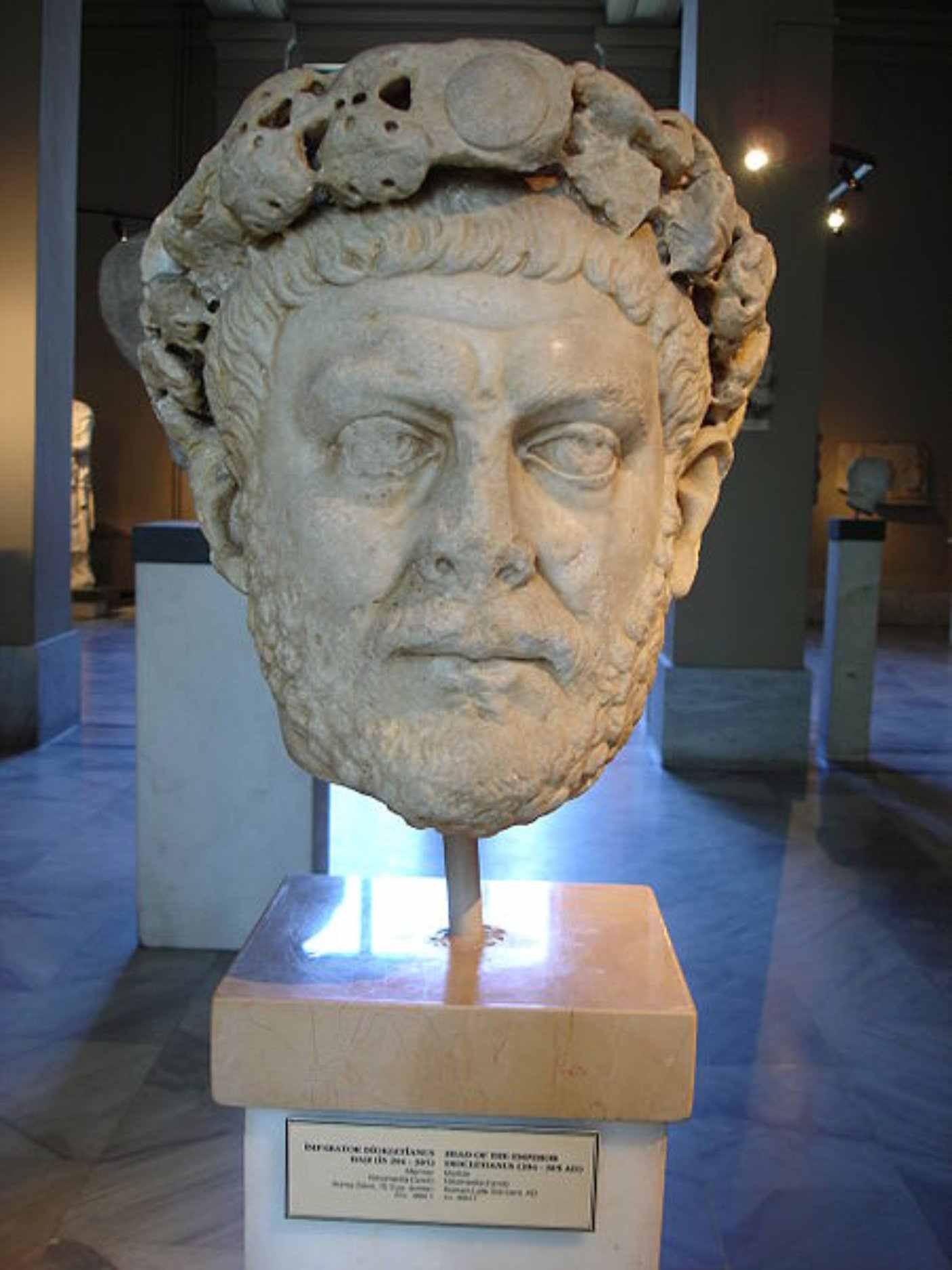
Bust of Diocletian

Bust of Maximian
Constantius prospered under the new regime by assuming control of the rich province of Gaul, and to strengthen his ties with Maximian he cast Helena aside and married Maximians stepdaughter Theodora. Constantine, who was deeply attached to his mother, was in all likelihood furious, but there was nothing he could do; the political advantages of a marriage to Theodora were undeniable. In 293 CE, Constantius packed both Helena and Constantine and sent them off to Diocletians court in Nicomedia, possibly so he could enjoy his newly wedded bliss but also for another, more pragmatic reason. Diocletian had divided the empire still further, splitting the two parts into two further units and granting two Caesars, newly created sub-emperors, absolute power over the two units respectively, though they would still be subordinated to Diocletian and Maximian. These two Caesars were Constantius and Galerius, a man who had an unsavory reputation for being a brute. Thus, Constantine would be a hostage for his fathers good behavior at Diocletians court.
Font size:
Interval:
Bookmark:
Similar books «Saint Gregory the Great: The History of the Early Middle Ages’ Most Influential Pope and the Rise of the Papal States»
Look at similar books to Saint Gregory the Great: The History of the Early Middle Ages’ Most Influential Pope and the Rise of the Papal States. We have selected literature similar in name and meaning in the hope of providing readers with more options to find new, interesting, not yet read works.
Discussion, reviews of the book Saint Gregory the Great: The History of the Early Middle Ages’ Most Influential Pope and the Rise of the Papal States and just readers' own opinions. Leave your comments, write what you think about the work, its meaning or the main characters. Specify what exactly you liked and what you didn't like, and why you think so.






